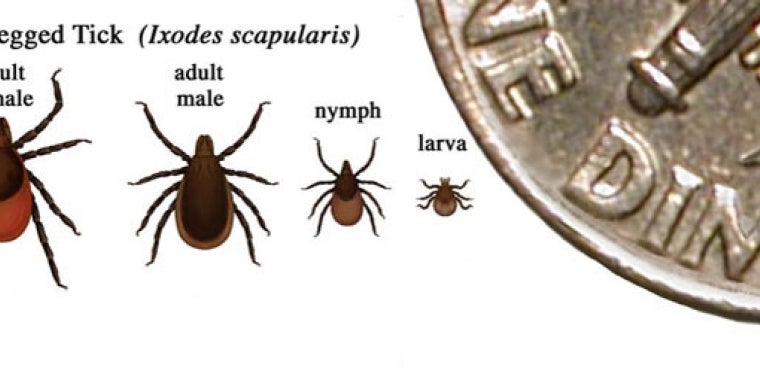
Senator Farley Reports Nys Is Tough On Driving Under The Influence
To help keep dangerous drivers off the road, the State Senate has led the fight to strengthen our laws. The Senate also advocated for the passage of "Sean's Law," which allows for prompt suspension of a junior driver's license or permit for minors who are charged with alcohol-related traffic offenses.
Alcohol and drugs reduce all of the important physical and mental skills you need to drive safely. In New York State, a driver with a BAC of .08 is legally drunk. It is a priority for law enforcement agencies to get drunk drivers and drivers under the influence of drugs off the roads. The penalties for these offenses include license suspension or revocation, as well as paying fines and possible jail time. Penalties for one driving while intoxicated violation (DWI) can include fines of $500 through $1,000, one year in jail and the revocation of the person's driver's license for at least six months. Penalties for having two DWIs in 10 years include fines of $1,000 to $5,000, four years in jail and having the license revoked for at least one year. Penalties for a driving while ability impaired (DWAI) violation include fines of $300 to $500, 15 days in jail and suspending the license for 90 days. Two DWAIs in five years can bring penalties of $500 to $750, 30 days in jail and license revocation for at least six months. Of course, penalities will be significantly higher if the driver causes injury or death to another person. Also, violators will see dramatic increases in their insurance premiums.
Refusal to take a chemical/breathalyzer test is a separate issue from whether or not you are guilty of an alcohol- or drug-related violation. Even if you are found not guilty of the violation, your license could be revoked for at least six months for refusing the chemical test. Chemical test refusal revocations are separate from and in addition to those for alcohol- or drug-related violations. A refusal revocation that occurs within five years of a previous alcohol- or drug-related violation or refusal results in a minimum one-year license revocation.
Recently, several new laws have been enacted that govern motor vehicle safety. According to New York State statistics, aggressive driving behaviors -- unsafe lane changes, tailgating, failure to yield the right-of-way, disregard of traffic lights -- are a contributing factor in 59 percent of all crashes and 60 percent of fatal crashes where a cause is attributed. Similarly, the National Highway Traffic Safety Administration has reported that one-third of all motor vehicle crashes and two-thirds of fatalities in the country are attributable to aggressive driving behaviors.
Chapter 49, recently signed into law, increases the criminal penalties for leaving the scene of an accident when someone is killed to up to seven years in prison. Under the provisions of the bill, jail time and fines are increased for all levels of leaving the scene violations. A first violation for leaving the scene of an accident resulting in personal injury will now be a class A misdemeanor and any subsequent violations will be a class E felony. Leaving the scene of an accident resulting in serious personal injury or death will become a class D felony.
Chapter 39, also known as "Vasean's Law," increases penalties for drivers who kill or seriously injure other people while driving under the influence of drugs or alcohol. VaSean's Law was named after eleven year old VaSean Phillip Alleyne, who was killed last year by a drunk driver who could not be charged with a felony under current law. The new law makes it easier for district attorneys to prosecute drivers for vehicular assault and vehicular manslaughter when they cause death or serious injury as a result of driving under the influence of drugs or alcohol.
Being responsible and having a driver's license should go hand in hand. It is a privilege to drive a motor vehicle. All those who have earned this privilege should know the consequences of abusing it.



